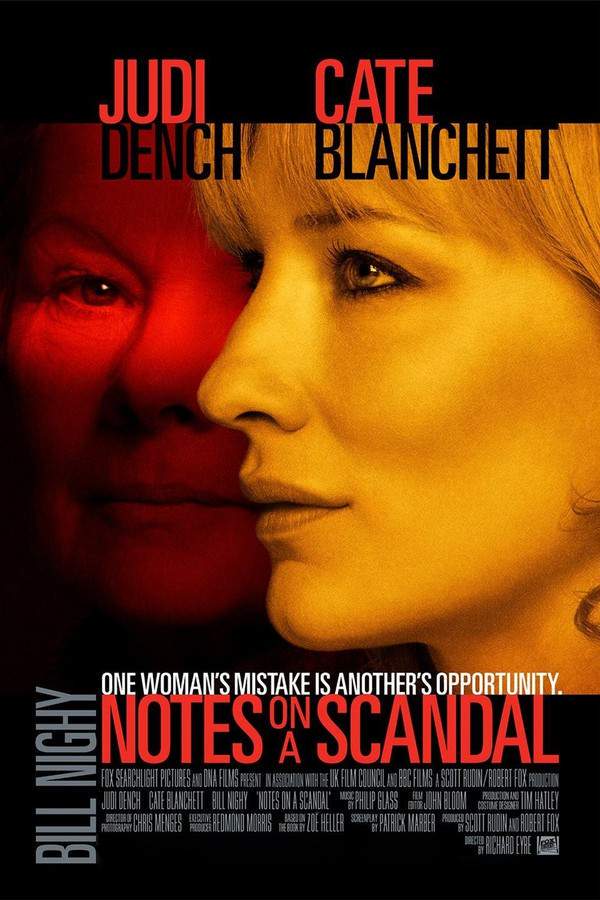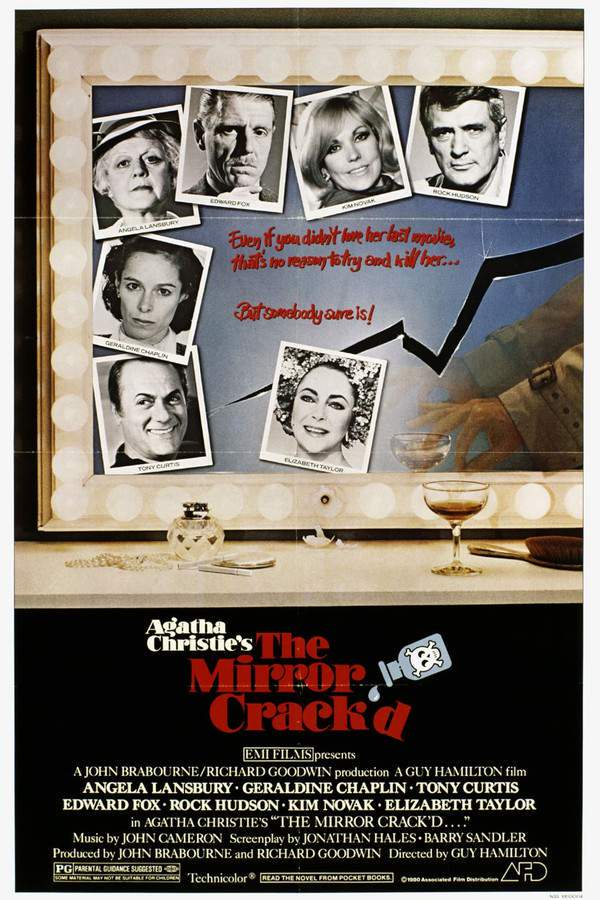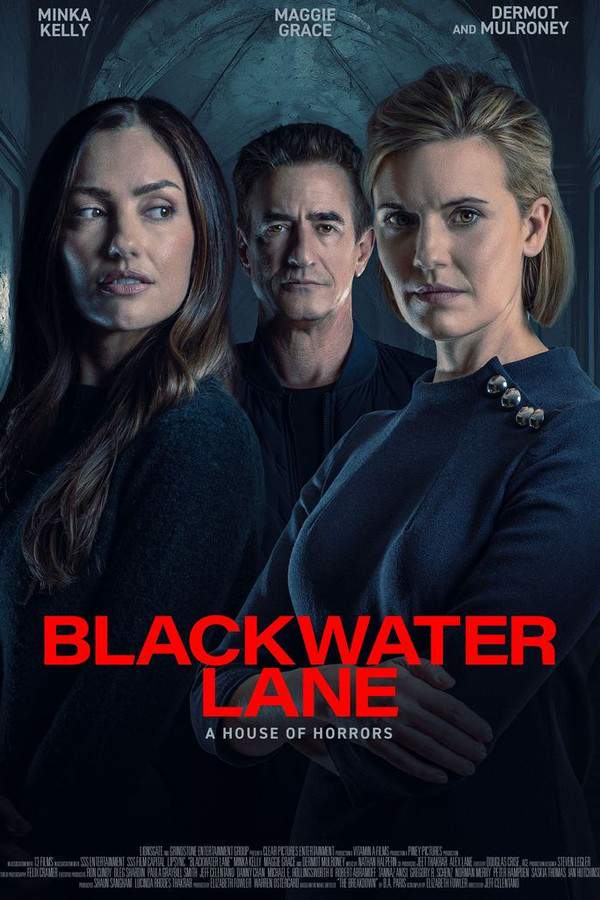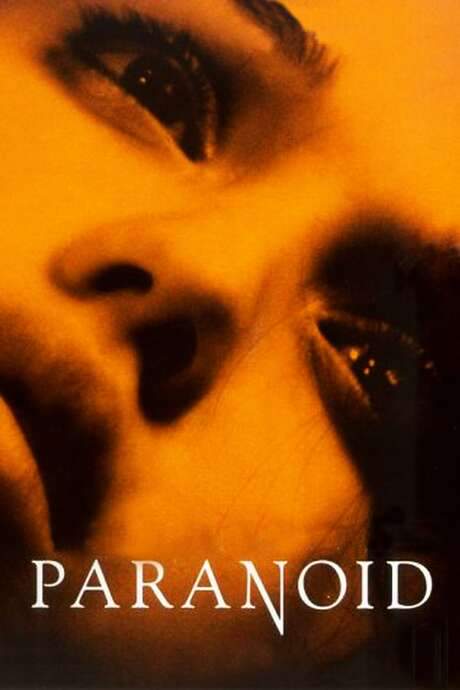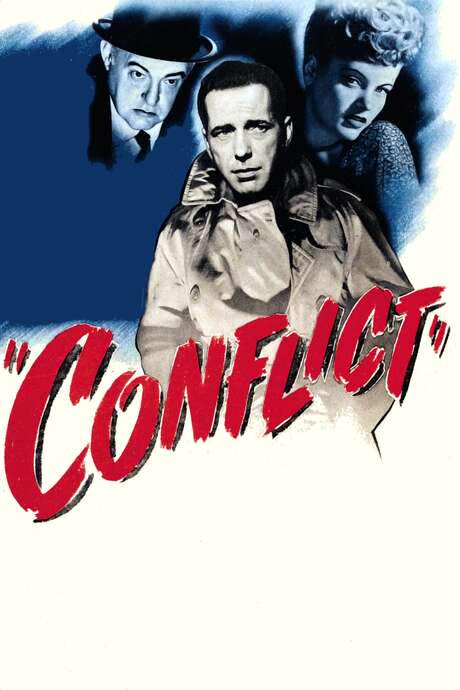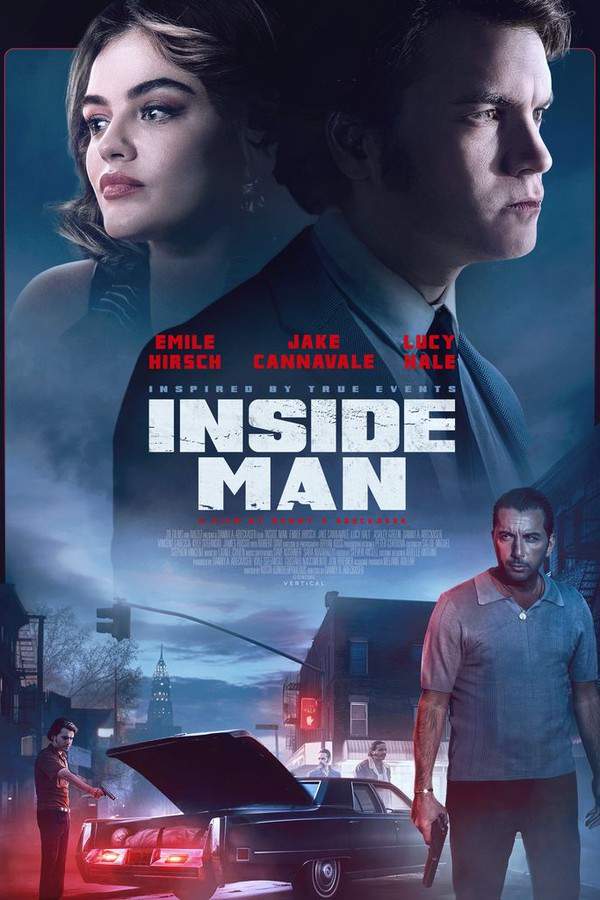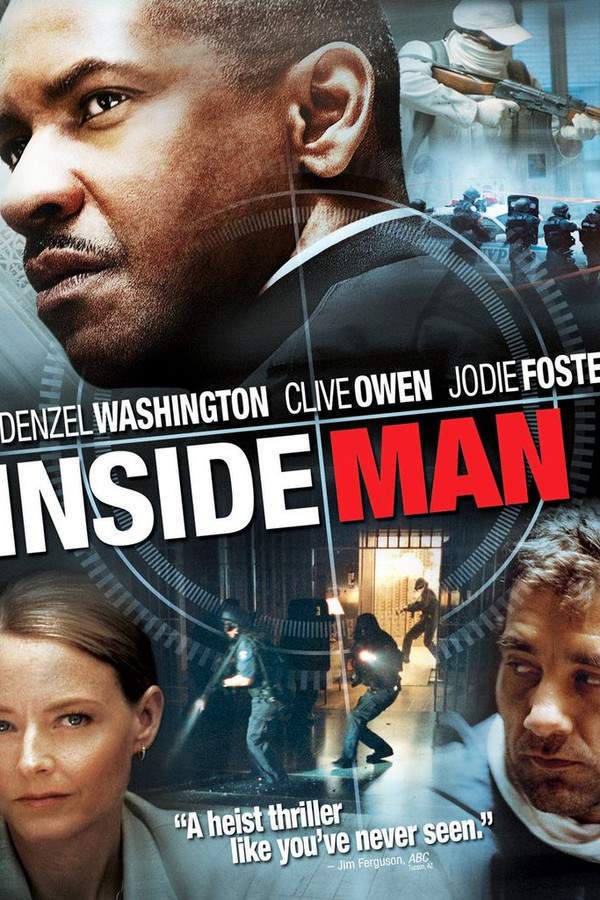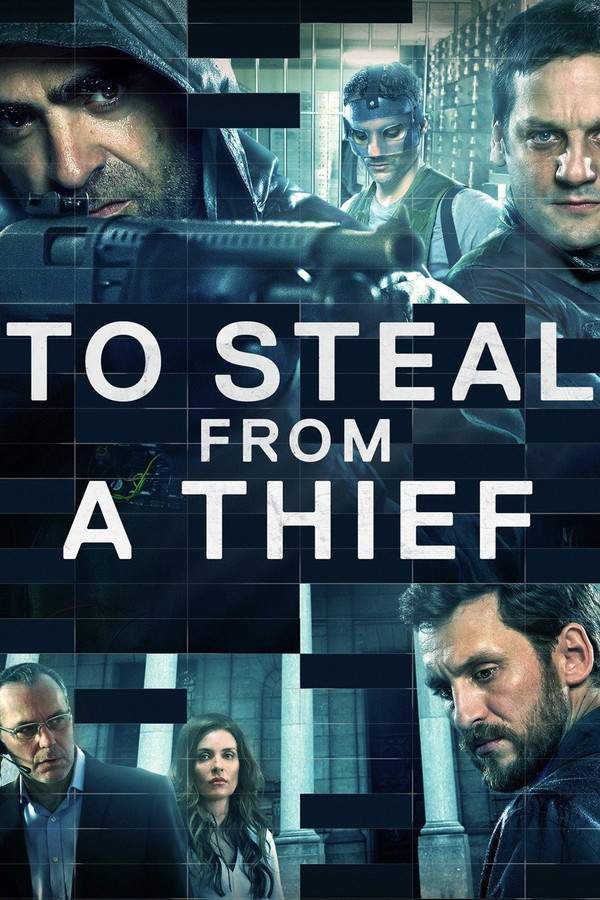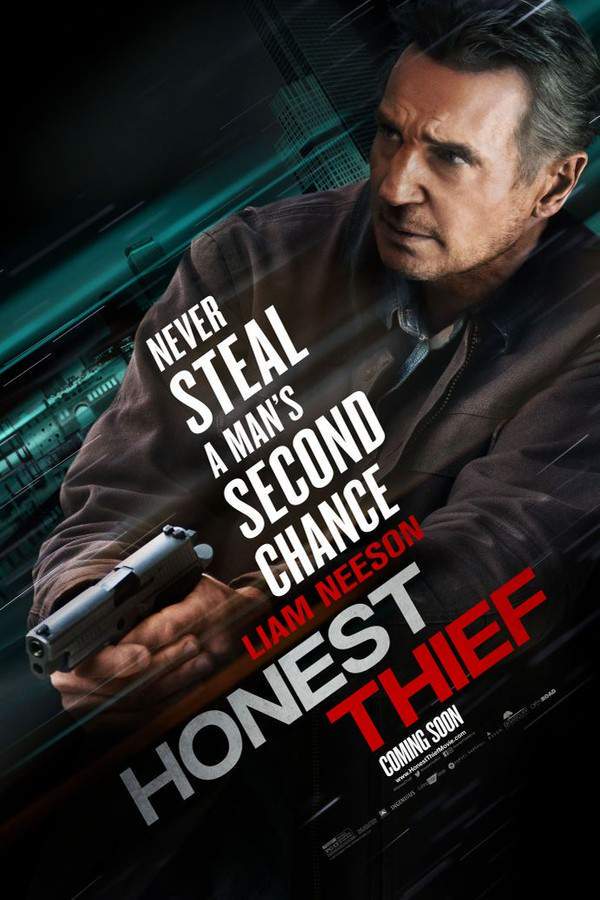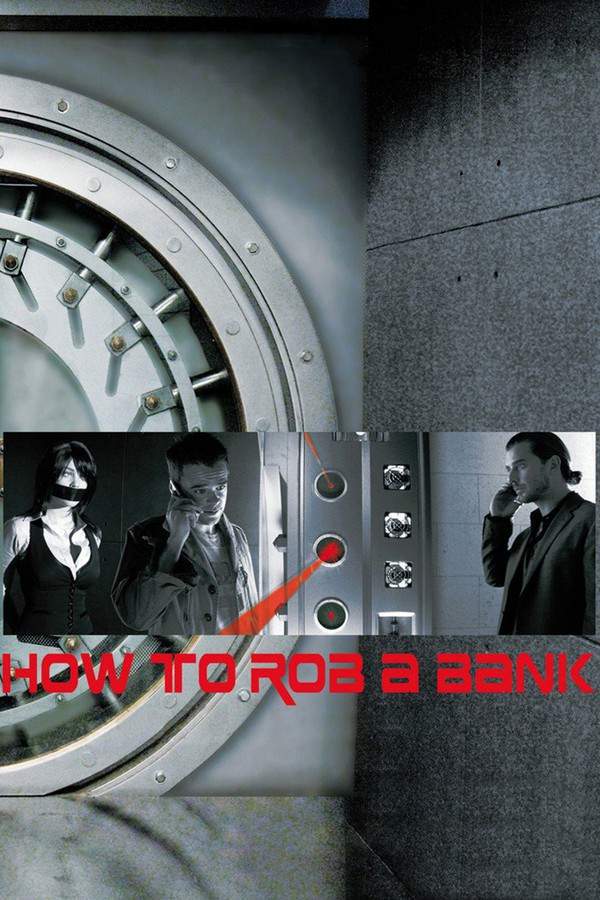
The Walking Stick
Year: 1970
Runtime: 101 mins
Language: English
Director: Eric Till
A structured young woman meets a charming stranger at a party; they fall in love, and she feels genuine happiness. Gradually she learns he has concealed his past and discovers he and his accomplices plan to rob the auction house where she works, using her insider knowledge. Tension builds as her trust shatters and she must confront the betrayal.
Warning: spoilers below!
Haven’t seen The Walking Stick yet? This summary contains major spoilers. Bookmark the page, watch the movie, and come back for the full breakdown. If you're ready, scroll on and relive the story!
The Walking Stick (1970) – Full Plot Summary & Ending Explained
Read the complete plot breakdown of The Walking Stick (1970), including all key story events, major twists, and the ending explained in detail. Discover what really happened—and what it all means.
Deborah Dainton [Samantha Eggar] suffers from a limp brought on by polio, and the lingering effects of treatment in her childhood leave her claustrophobic and wary of large crowds. Her tightly controlled, solitary life begins to shift at a party she attends to please her parents, where she meets a determined, ambitious painter named Leigh Hartley [David Hemmings]. Although Deborah is initially disinterested, Leigh’s persistence gradually wins her over, leading to a first date that marks the slow thaw of her carefully maintained defenses.
When Leigh comes to Deborah’s home for coffee, he asks to paint her portrait. She resists at first, but after some hesitation she consents, opening a door to a new sense of companionship. A little later, Deborah accompanies Leigh as he tries to pitch his work to a museum; the curator bluntly rejects him, a setback that underscores the financial fragility of Leigh’s artistic dreams and foreshadows the couple’s fragile future. The pair attempt to consummate their budding relationship, but Deborah experiences a panic attack in the moment, a reminder of her insecurities. Leigh reassures her—“I don’t mind”—and then surprises her with a practical plan: he proposes that Deborah move in with him, a step that her parents greet with mixed emotions but Deborah herself agrees to, drawn by a longing for connection and a sense of freedom she hadn’t allowed herself to feel before.
The dream hits a snag when Deborah discovers that Leigh has been married. She confronts him, and his apology is earnest but evasive, insisting that his double life was not meant to derail what they are building together. He insists it won’t ruin their bond, and for a time the couple seems to navigate the tangle of truth and deception as best they can.
A shared vision of independence draws them toward a plan to buy an antique shop, using Leigh’s art and Deborah’s knack for finding valuables to fuel a future business. Leigh’s mood darkens with the reality of money and risk, and he suggests a theft as a shortcut: a vault in an antiques shop worth about £200,000. Deborah is uneasy, but Leigh argues that they could still steer a legitimate path later, and he promises he will not personally participate in the theft. To seal the deal, he asks Deborah to provide security details to his fellow thieves, assuring her that they will share the spoils.
Reluctantly, Deborah agrees, reasoning that Leigh would still be drawn into the crime even if she refused. Her sense of right and wrong is gradually eroded as the heist approaches, especially when a guard, bribed to facilitate entry, falls ill at the critical moment, allowing the team to move inside. The robbery goes off without a hitch, and Deborah, despite lingering guilt, avoids police scrutiny and resumes her life with Leigh, hoping the moral stain will fade with time.
Yet the seeds of doubt sprout when Deborah encounters a woman who had previously appeared at Leigh’s home before the robbery. Leigh had claimed she was a neighbor visiting to inform him that his father was ill, but the woman reveals she is actually Leigh’s mother and that his father is entirely well. This revelation prompts Deborah to do more digging, and she begins to see a pattern: Leigh and his associates had anticipated her every move from the start, designing the entire sequence so that she would be the insider who opened the door for the thieves. The “guard” was never bribed; the setup relied on Deborah’s willingness to play along.
Confronting Leigh with these findings, Deborah is met with a confession, yet Leigh’s emotion shifts to something surprisingly intimate—he declares that he has grown to truly love her. He begs Deborah to stay, but the weight of the truth—and the realization that the trap had been laid for her from the very beginning—proves too heavy to bear. In a final, solitary act, Deborah contemplates the collapse of their fragile love as Leigh murmurs, “Is that how fragile love is? All at once everything? All at once nothing?”
With a quiet determination, she sends a letter to the inspector investigating the robbery, a letter that names all of the participants she believes were involved. The film closes with the audience left to interpret the outcome and the fate of the characters, as Deborah stands alone amid the consequences of her choices and the upheaval of a relationship shaped by desire, deception, and a perilous dream of freedom.
Last Updated: October 09, 2025 at 14:12
Explore Movie Threads
Discover curated groups of movies connected by mood, themes, and story style. Browse collections built around emotion, atmosphere, and narrative focus to easily find films that match what you feel like watching right now.
Intimate betrayal thrillers like The Walking Stick
Stories where trust is the ultimate vulnerability in a carefully laid trap.If you liked the tense, character-driven suspense of The Walking Stick, this list features movies with similar slow burn plots centered on psychological manipulation and profound personal betrayal. Discover other stories where trust is weaponized, leading to devastating emotional consequences.
Narrative Summary
The narrative pattern typically involves a vulnerable protagonist who forms a deep connection with a charismatic stranger. This relationship, initially a source of happiness and freedom, is gradually revealed to be a facade for a hidden agenda, such as a crime or con. The story's climax revolves around the protagonist's discovery of the truth and the resulting emotional devastation.
Why These Movies?
These films are grouped together because they share a core focus on the psychological damage of intimate betrayal. They blend elements of romance, drama, and crime to create a specific, tense mood characterized by a steady pace, medium intensity, and a melancholic, often sad conclusion.
Character-focused heist dramas like The Walking Stick
Heist plots where the real crime is the corruption of an innocent soul.For viewers who enjoyed the moral complexity and insider perspective of the heist in The Walking Stick, this collection highlights similar movies where a crime plot serves as a backdrop for a deep character study. Explore films where the tension comes from emotional conflict rather than action sequences.
Narrative Summary
The narrative follows an ordinary person, often with a specific vulnerability or need, who becomes ensnared in a criminal plan through a personal relationship. The heist is secondary to the protagonist's internal struggle as they grapple with betrayal, fear, and complicity, leading to a climax centered on moral choice rather than the success or failure of the crime.
Why These Movies?
These movies are connected by their unique approach to the heist genre, blending crime with intense psychological drama. They share a steady, tense pacing, a medium emotional weight, and a focus on how crime dismantles personal lives from the inside out.
Unlock the Full Story of The Walking Stick
Don't stop at just watching — explore The Walking Stick in full detail. From the complete plot summary and scene-by-scene timeline to character breakdowns, thematic analysis, and a deep dive into the ending — every page helps you truly understand what The Walking Stick is all about. Plus, discover what's next after the movie.
The Walking Stick Timeline
Track the full timeline of The Walking Stick with every major event arranged chronologically. Perfect for decoding non-linear storytelling, flashbacks, or parallel narratives with a clear scene-by-scene breakdown.

Characters, Settings & Themes in The Walking Stick
Discover the characters, locations, and core themes that shape The Walking Stick. Get insights into symbolic elements, setting significance, and deeper narrative meaning — ideal for thematic analysis and movie breakdowns.

More About The Walking Stick
Visit What's After the Movie to explore more about The Walking Stick: box office results, cast and crew info, production details, post-credit scenes, and external links — all in one place for movie fans and researchers.

Similar Movies to The Walking Stick
Discover movies like The Walking Stick that share similar genres, themes, and storytelling elements. Whether you’re drawn to the atmosphere, character arcs, or plot structure, these curated recommendations will help you explore more films you’ll love.
Explore More About Movie The Walking Stick
The Walking Stick (1970) Scene-by-Scene Movie Timeline
The Walking Stick (1970) Movie Characters, Themes & Settings
The Walking Stick (1970) Spoiler-Free Summary & Key Flow
Movies Like The Walking Stick – Similar Titles You’ll Enjoy
Matchstick Men (2003) Full Summary & Key Details
Stuck (2008) Spoiler-Packed Plot Recap
The Walker (2007) Ending Explained & Film Insights
Stuck in Love (2013) Complete Plot Breakdown
Streetwalkin' (1985) Full Summary & Key Details
The Actor (2025) Story Summary & Characters
The Stickup (2002) Plot Summary & Ending Explained
Dancing in the Dark (1986) Complete Plot Breakdown
Stick (1985) Complete Plot Breakdown
Back Street (1932) Complete Plot Breakdown
Walk Softly, Stranger (1950) Film Overview & Timeline
Walk a Tightrope (1963) Plot Summary & Ending Explained
The Walking Target (1960) Spoiler-Packed Plot Recap
The Lodger (1932) Full Summary & Key Details
The Passionate Stranger (1957) Film Overview & Timeline


